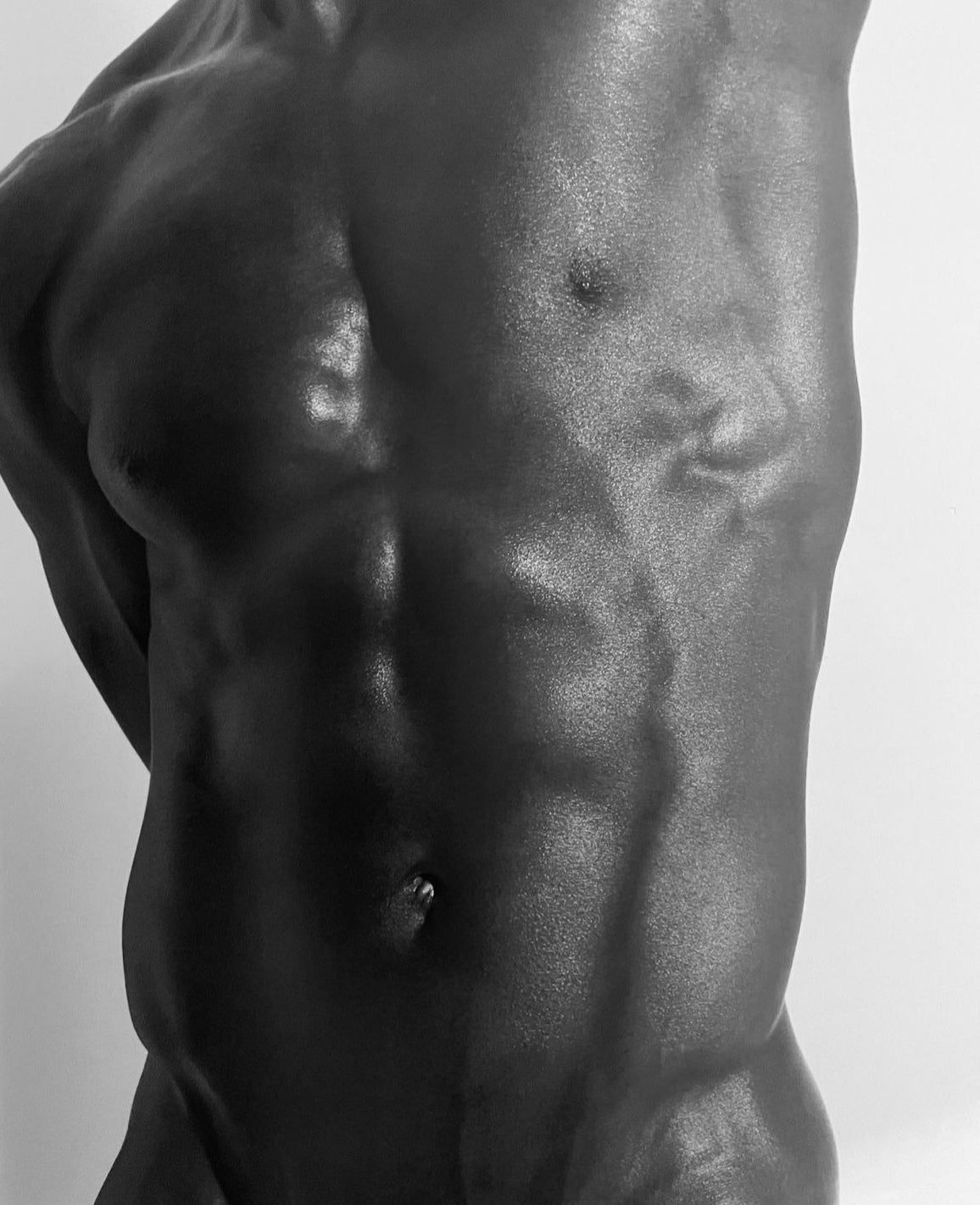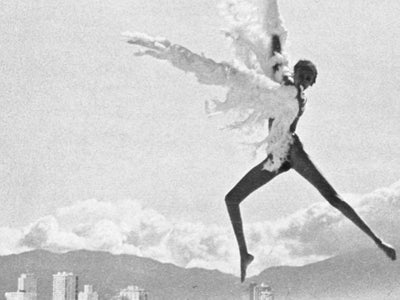Article: Taking a Closer Look at The Relationship Between Stretching and Muscular Performance

Taking a Closer Look at The Relationship Between Stretching and Muscular Performance

Exercising has become a pivotal part of my lifestyle, especially in recent years. Not only do I appreciate the positive impact on my body's appearance and physical well-being, but I'm also deeply enthralled by the profound effects it has on my overall mental health. When I embarked on this fitness journey, discussions largely revolved around workout plans and maintaining a consistent schedule without skipping sessions. It wasn't until I experienced some mild muscle discomfort and embraced curiosity that I delved into the critical aspect of "recovery."
Recognizing the importance of muscle recovery and the significance of incorporating stretching, I decided to connect with Christian. With his extensive experience in the health and wellness field, we engaged in a conversation that shed light on the often overlooked but vital element of recovery in the realm of physical fitness.
Tell us who you are, what you do and your experience?
Hi Për Në family my name is Christian Bluford, I’m the Chief Therapy Officer at Artha. Artha is a wellness club in West Hollywood and Studio City with a service menu ranging from Yoga and Pilates classes, Infrared Saunas, Sensory Deprivation, Cryo Therapy, Massages and Body Contouring. I’ve been working in the wellness and fitness industry for over 13 years now. It started back in my college days at the University of Hawaii, away from classes I spent my time training in mixed martial arts and surfing. After UH, I served in the Marines for 5 years and during that period I also became a Strength and Conditioning Coach to optimize our training with the Marines in my unit. Then upon my honorable discharge, I transitioned into becoming a full time Trainer in West Hollywood and shortly afterwards adding on credentials related in health and wellness to further assist my clients. I’m a certified: Advanced Neuromuscular Massage Therapist, Manual Lymphatic Drainage Therapist, Kickboxing Instructor, TRX Trainer, Corrective Exercise Specialist, Weight-Loss Specialist, and Nutrition Coach.
What role does active recovery, such as stretching, play in overall workout performance and muscle health?
Active recovery, including stretching, plays a crucial role in overall workout performance and muscle health. Here's a few reasons why:
1. Improved Flexibility: Regular stretching helps improve flexibility, allowing for a greater range of motion during exercises. This can enhance athletic performance, prevent injuries, and improve overall movement efficiency.
2. Muscle Recovery: Engaging in active recovery techniques like stretching helps reduce muscle soreness and stiffness after intense workouts. It promotes blood flow, which delivers oxygen and nutrients to the muscles, aiding in their recovery and reducing the risk of post-workout muscle imbalances or tightness.
3. Injury Prevention: Maintaining good flexibility through stretching can help prevent injuries. It enhances muscle and joint function, reduces muscle imbalances, and improves overall body alignment and posture, thus reducing the risk of strains, sprains, and other workout-related injuries.
4. Relaxation and Stress Reduction: Stretching and other active recovery methods promote relaxation and reduce stress levels. They activate the parasympathetic nervous system, which helps calm the body and mind, aiding in recovery, improving sleep quality, and enhancing overall well-being.
5. Improved Performance: Incorporating active recovery techniques into your routine can help optimize workout performance. By reducing muscle tightness and enhancing joint mobility, stretching can improve exercise technique, power output, and athletic performance.
Remember to customize your active recovery routine to your specific needs, listen to your body, and consult a healthcare professional or qualified Trainer/ Coach for guidance tailored to your individual circumstances.
How do rest days contribute to muscle repair and growth?
Rest days are crucial for muscle repair and growth because they allow your body to recover from the stress imposed during workouts. When you exercise, especially through resistance training, you create microscopic damage to your muscle fibers. During rest, your body repairs and rebuilds these damaged fibers, making them stronger and more resilient. Rest days also play a role in optimizing hormone levels, such as testosterone and growth hormone, which are essential for muscle growth. Additionally, rest days help replenish glycogen stores, which provide energy for your muscles during workouts. By giving your body adequate rest, you allow it to adapt to the physical stress, leading to muscle hypertrophy (growth) and improved performance. It's important to strike a balance between challenging your muscles and providing them with sufficient rest for optimal results.


Are there any signs or signals my body might give to indicate the need for more rest between workouts?
Yes, there are several signs or signals that someone's body might give to indicate the need for more rest between workouts. Here are a
few common ones to look out for:
1. Persistent fatigue: Feeling excessively tired or lacking energy even after a good night's sleep.
2. Decreased performance: Experiencing a decline in strength, endurance, or overall athletic performance during workouts.
3. Lingering muscle soreness: Experiencing prolonged muscle soreness that lasts longer than usual after a workout.
4. Increased resting heart rate: Noticing a higher resting heart rate than normal, which could indicate that your body is under stress.
5. Mood changes: Feeling irritable, moody, or experiencing changes in mood and motivation.
6. Trouble sleeping: Experiencing difficulty falling asleep or staying asleep, which could be a sign of increased stress or overtraining.
If you notice any of these signs, it's important to listen to your body and consider adjusting your workout routine to allow for more rest and recovery. Always consult with a healthcare professional or fitness expert for personalized advice.
How does incorporating stretching impact flexibility and joint mobility over time?
Incorporating stretching into your routine can have a positive impact on flexibility and joint mobility over time. Stretching helps improve the range of motion in your joints by lengthening the muscles and tendons. Regular stretching promotes flexibility, allowing you to move more freely and with less discomfort. It also helps to maintain and improve joint mobility by reducing stiffness and increasing the
suppleness of the surrounding tissues. Over time, consistent stretching can lead to increased flexibility and improved joint function. Remember to warm up before stretching and avoid overstretching to prevent injury.
In terms of muscle groups, are there specific areas that benefit more from stretching and rest?
Varies on the individual. I’d probably start looking at your habitual patterns of movements and postures. Out of those patterns start working on those. Example: Office workers are seated majority of the day. Tight hips and shoulder/neck is a guarantee.
Should the intensity and duration of stretching vary on workout days versus rest days?
Yes, the intensity and duration of stretching can vary on workout days compared to rest days. On workout days, it's generally beneficial to include dynamic stretching before your workout to warm up the muscles and prepare them for activity. This type of stretching involves moving through a range of motion without holding the stretch for an extended period. On rest days, you can focus more on static stretching, where you hold a stretch for a longer duration. This can help improve flexibility and promote relaxation. However, it's important not to overstretch or push beyond your comfortable range of motion, as this can lead to injury.
In summary, adjusting the intensity and duration of stretching based on the type of day (workout day or rest day) can help optimize your warm-up routine and promote recovery. Remember to listen to your body and consult with a fitness professional for personalized guidance.

